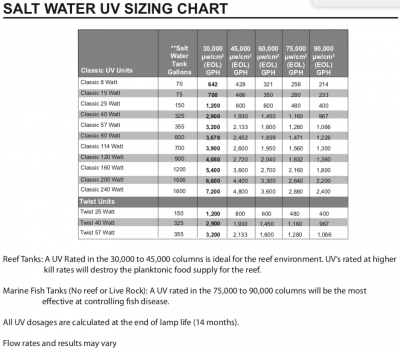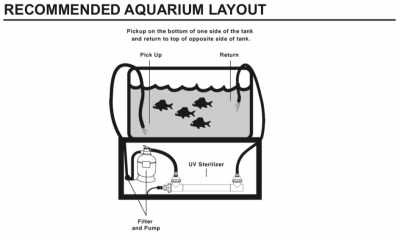- Joined
- Aug 12, 2016
- Messages
- 1,318
- Reaction score
- 939
Generally speaking you can keep on top of them by syphoning sand rinsing thoroughly in fresh water. But they will keep coming back.Hi thank you danoo to replay,beside the ugly send look slowly they overgrow everything and i can see the corals are not happy.


















